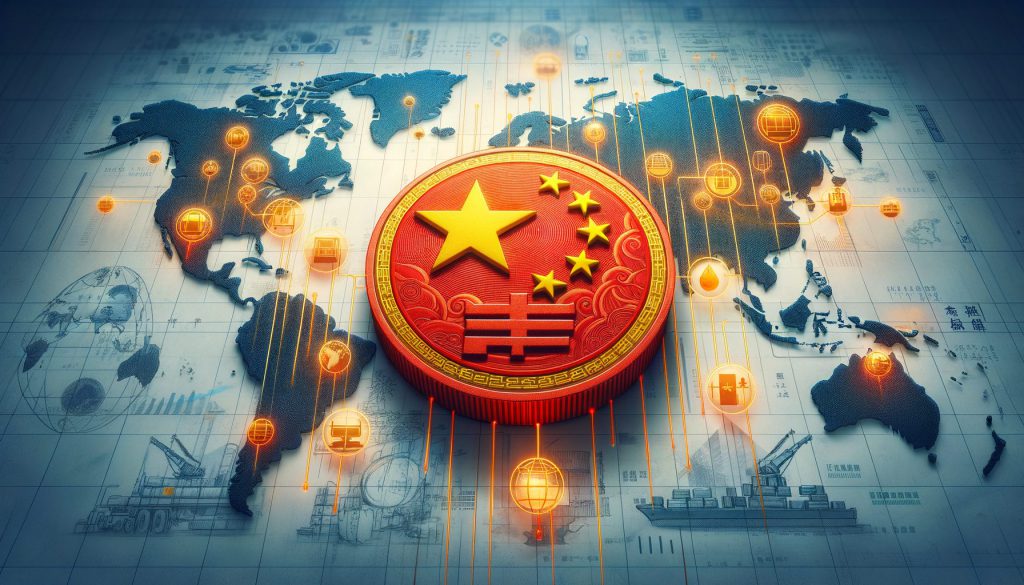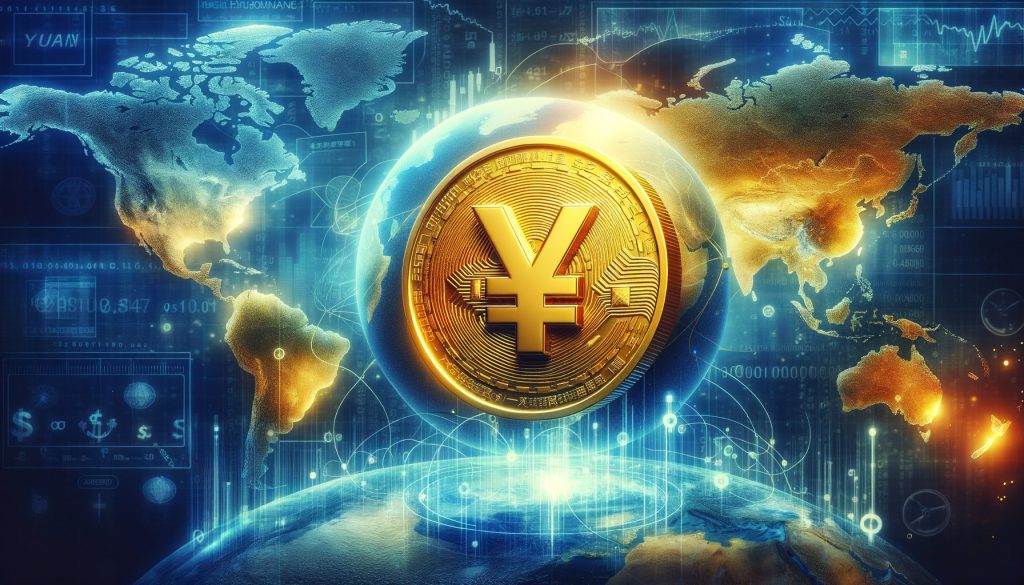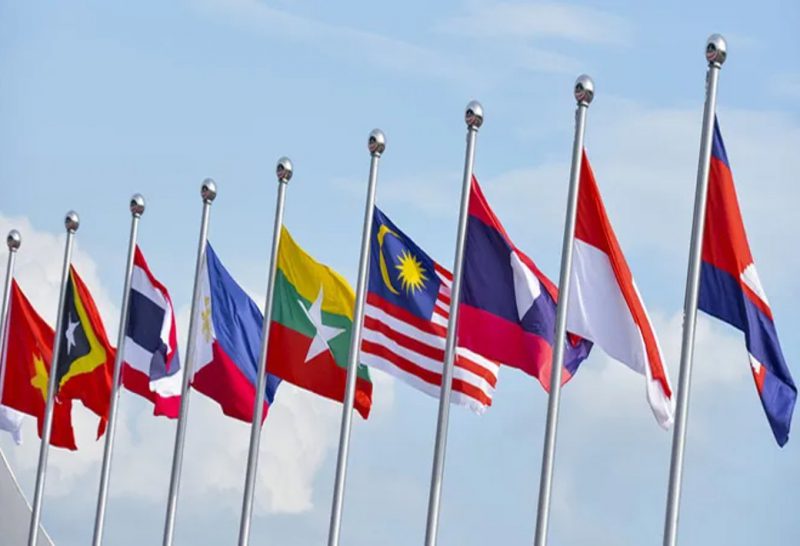The Association of Southeast Asian Nations, popularly referred to as ASEAN nations, is one of the most powerful alliances on a global level. These nations are charting their independent course and carving unique global identities.
The ten bloc nation is dubbed prosperous, as ASEAN nations collectively conducted nearly $759 billion worth of intra-trade in 2023. At the same time, ASEAN nations are also vying for a de-dollarization agenda, pushing the US dollar aside and conducting proceedings in other currencies. Does the Chinese yuan stand a chance amid this currency turmoil?
Also Read: Cryptocurrency: Why Is BabyDoge Rallying Today?
Chinese Yuan and ASEAN: An Important Global Highlight


Trade Relationships Between China And ASEAN
Trade relationships between China and ASEAN have blossomed tremendously over the past few years. In 2023, Chinese mainland investment in ASEAN grew at a rapid pace, reaching nearly $19.73 billion. At the same time, the use of the Renminbi in cross-border transactions and remittances also breached the staggering 4.8 trillion Yuan mark ($694.4 billion) in 2021.
China’s Strategy To Promote The Yuan
In a bid to internationalize the Yuan, China has long targeted ASEAN, a 10-nation bloc rich in resources and trading opportunities. In 2019, the Chinese administration decided to build Guangxi, which borders Vietnam, “into a financial gateway” that assists in simplifying trade proceedings with ASEAN.
Key Objectives And Efforts
The key objective of this development was to promote the Yuan within the ASEAN nations through currency transactions, investment, and financing of all sorts. In addition, China left no stone unturned to popularize the Yuan in the region by helping the bloc encourage developing Yuan-centric projects and keenly exploring opportunities to build offshore Yuan markets, as Reuters later shares.
Current Trade Dynamics
Presently, ASEAN is one of China’s biggest trade partners and conducted nearly 2.08 trillion yuan ($300 billion) worth of business with the nation in Q1 2024. With the rising interest of the world’s ASEAN economies, the Yuan can stand a better chance for internationalization, provided the bloc continues to use RMB in the long run.
Also Read: Central Banks to Slash Rates: Bitcoin to Explode to $100K?
The De-Dollarization Push: Rise of Multipolar Currencies and the Yuan


ASEAN’s Multipolar Currency Narrative
ASEAN is currently pioneering the multipolar currency narrative, an agenda promoting the use of local currencies. In one of the latest interviews, Joko Widodo, Indonesia OM, urged ASEAN nations to ditch the US dollar, as its highly volatile nature may cost them in the long run, leading to economic uncertainty.
“Indonesian President Joko Widodo urged regional administrations to start using credit cards. The ones issued by local banks and gradually stop using foreign payment systems.” The report said
Integration Of The Yuan In Global Proceedings
In the middle of this, the Chinese Yuan is now vying to take the central spotlight. They want to do this by integrating Yuan in all leading proceedings. The nation has already roped in Russia, where the Yuan is the leading transactional currency used to evade US sanctions. At the same time, PetroYuan is also a speculative phenomenon. It has risen since Saudi Arabia decided not to renew the petrodollar agreement.
Challenges And Opportunities
While it might be hard to derail the US dollar in the long haul, the American currency has started to invite lethal foes. Its enemies are now prancing towards its reserve currency status.
Also Read: Shiba Inu (SHIB) Predicted To Hit $0.001 In January-February 2025
If the currency is unable to subdue the ballooning debt metrics and volatility, it may lose its crown to competitors vying for attention on a global scale.





